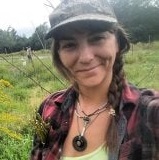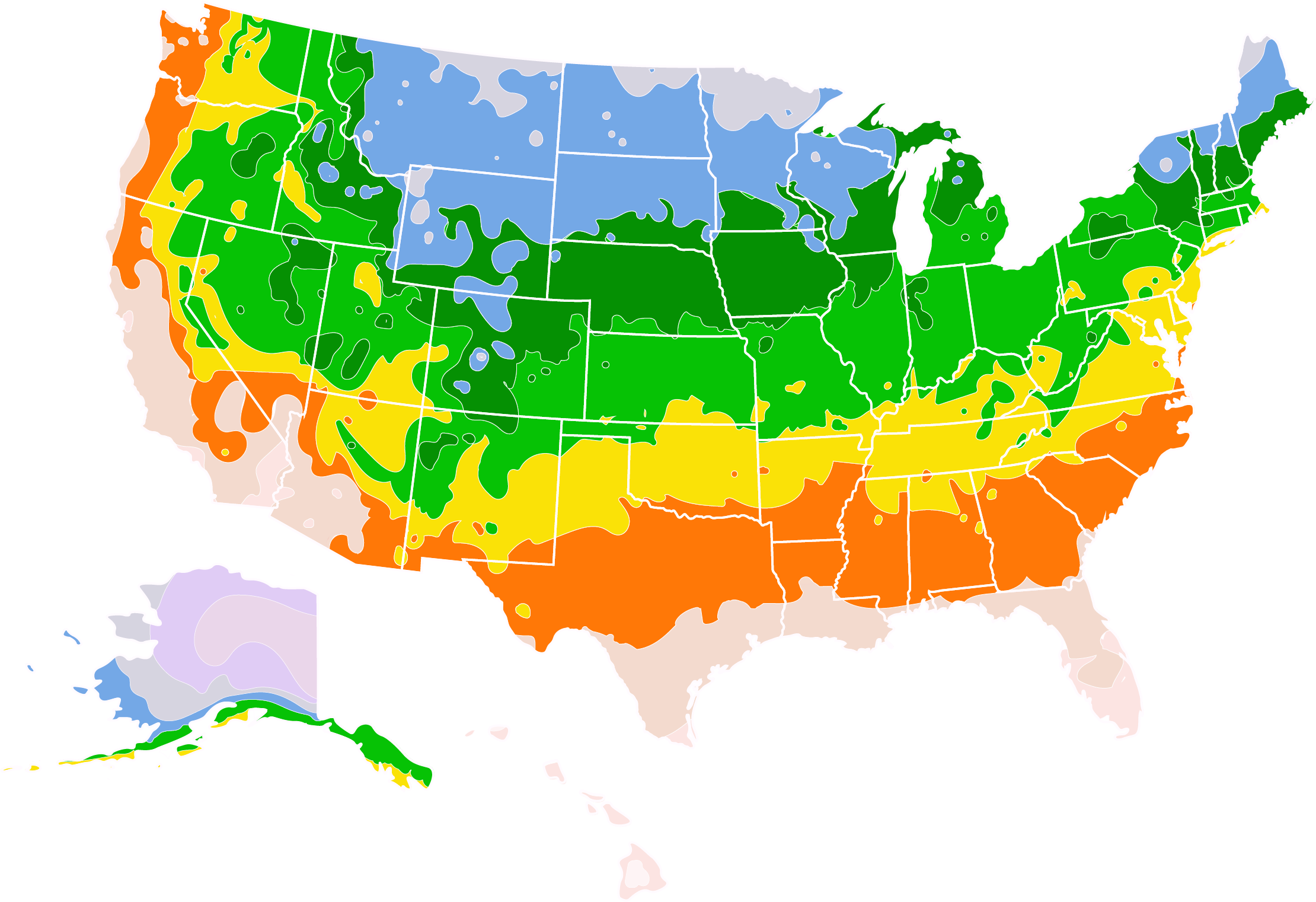Burning Bush Plants for Sale - Buying & Growing Guide
- Ships in 1-2 days
- 1-Year Warranty Eligible
- Pots or accessories are not included unless specified in the product options.
Shipping Details:
Once your order is shipped, you’ll receive an email with a tracking number and estimated delivery date. Most orders ship immediately, but some items are seasonal and may only ship in spring or fall. These products are noted on the website.
Burning bush plants will make a statement in any yard or garden. Euonymus alatus has attractive foliage in the spring and summer. But in the fall this bush becomes absolutely stunning. The bright crimson leaves and ornamental berries grab your attention. Here is why you should consider one or more of these beauties for your yard:
- Burning bush plants are hardy and drought-tolerant.
- Burning bush is a vibrant yard magnet for birds and wildlife.
- A row of burning bushes creates a fiery red hedge or privacy screen.
Plant Care
Sunlight
Burning bush plants prefer full sun, but they can also grow well in partial shade.
Watering
Young burning bush plants should be watered weekly. Once established, these plants do not need any extra watering.
Fertilizing
Burning bush plants thrive in nitrogen-rich soil, so look for fertilizer with an NPK ratio that’s high in nitrogen, such as 20-10-10 or 21-7-14.
Planting and Care
Planting instructions
Burning bush plants prefer a sunny location with well-drained soil. The bush will still provide a vibrant fall showing in a shaded area, but the more sun it gets, the better. It will also tolerate a wide range of soils and pH levels of 6.0 to 7.5, as long as its roots are not sitting in a soggy spot. Dig a hole that is two to three times as wide and the same depth as the plant’s root ball. Unless you have well-draining soil with good nutrients and average pH, you may choose to amend it now. Add sand, perlite, or a good potting mix to lighten the soil. Use compost, peat moss, or topsoil to help with moisture retention. Add your newly amended soil to the bottom of the hole. Put the plant in so that the base is even with the surrounding soil. Start filling the hole while tamping down the soil. When the hole is full, water thoroughly. You may choose to build a dam around the edge of the planting hole with a thick mulch layer. Be careful to keep the mulch from touching the stem or covering the top of the root ball. It should be noted that the burning bush plant is considered an invasive species in certain states.
Watering and nutrients
Once established, burning bush plants are drought tolerant and do not require extra water. Young plants do need regular watering to build up their root systems. It is best to maintain moist but not wet soil. If you are using an automated system, make sure your burning bush is not getting soaked. Be careful to not overwater during the winter when the plants are dormant. Burning bush plants do not require regular fertilization. But light feedings in the springtime can help with the vibrant foliage color. When planting your shrubs add a root stimulator or growth hormone for an extra boost.
Pruning
The burning bush’s natural vase shape is attractive and pleasing. It rarely requires pruning for aesthetic reasons. It is much more common to trim to remove broken or diseased branches. Branches that are crossed or rubbing on each other should also be removed before they cause damage. Some gardeners choose to do what is called “rejuvenation pruning.” This entails taking the entire bush down to a height of about six to -12 inches. It will encourage new, thick growth. Do your pruning chores in late winter or early spring when the bush is still dormant. It is possible to create a thick and tidy hedge by shaping multiple bushes into one line. It is advisable to keep the top trimmed a little narrower than the bottom so light can reach all the branches.
Pests, diseases, and animals
Burning bush is a favorite garden target for bugs and wildlife. Scale insects and spider mites enjoy munching on burning bush plants. Large populations can affect your plant as they suck the sap from it. Scraping, blasting with water, horticultural oil, or neem sprays can help control them. Fungal and foliar diseases can become an issue with burning bush plants. Planting your shrubs in an area with good ventilation and airflow can help keep the foliage dry. Reducing overhead watering will also help. Rabbits and deer both enjoy the crimson-leaved bushes. They will eat the foliage and the bark, so it is good practice to protect your bush from these woodland pests.
FAQs
Can I plant burning bush plants as a hedge?
Burning bush makes a beautiful hedge or spectacular focal point of any yard. The bushes grow quickly and are not fussy about where they grow. Their height and shape are easy to manage. Use them to form a low-maintenance hedge, privacy screen, or windbreak.
Will burning bush grow in a pot?
Compact or dwarf varieties of burning bushes are best suited to container growing. But it is also possible to grow the standard versions in pots. The smaller types of shrubs can get from about four to eight feet tall with the same diameter. The regular-sized bush can easily reach up to about 15-20 feet high with multiple stems. Excellent draining and good soil are a priority for container-grown bushes. Soggy or continually wet soil can cause root rot and open the plant up to other harmful plant diseases or fungi. Choose a pot with adequate room for the plant to grow for two to three years before requiring repotting.
Can I grow burning bush plants from seed or cuttings?
It is possible to root burning bush from early spring softwood cuttings. Use pieces of four to -six inches snipped off of the branch tips. Remove all the leaves except for those on the top third of the cutting. Wet the cutting and dip it into a rooting hormone powder. Plant the dipped end in a good potting mix blended with sand. Growing burning bushes from seed is also possible. But it is much more involved and requires patience. Cold stratification is needed for about three months. After that, germination takes from five to six weeks. The seedling will mature into a gorgeous bush in almost four years.
Are burning bush plants poisonous?
Yes, all parts of burning bush are inedible and toxic to humans and animals. This also goes for cats, dogs, and horses. Severe digestive and cardiac issues are possible even when consumed in small amounts. There is no concern about toxicity from skin contact with either the berries or the leaves. Birds, chipmunks, deer, and squirrels eat parts of the bush, but they do not appear to have the same issues.










